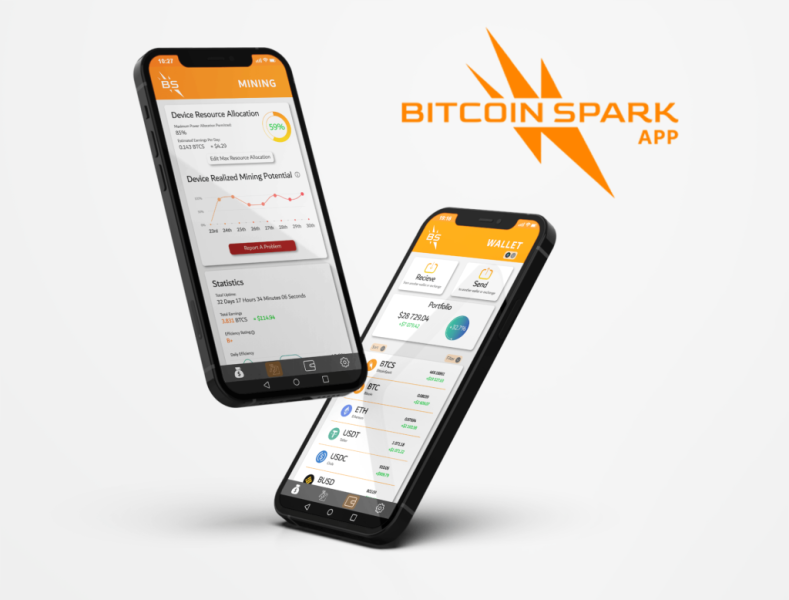Through large trading volumes, whales play a major role in the DeFi ecosystem. The “smart money” concept of crypto involves following whales’ directions and activities in the blockchain arena. These large players typically hold large volumes of various crypto assets that, when transacted, impact the overall price direction of the digital asset. Members of the crypto ecosystem are always on the lookout for the next digital assets whales are looking to invest in. Recently, a Tron whale indicated bullish sentiments on Bitcoin Spark, stating that the Price of BTCS could easily skyrocket to $185 per coin after the launch. Here is a comprehensive analysis of why the whale could be right.
What is Tron (TRX)?
Tron is a blockchain-powered network that aims to transform digital content sharing, consumption, and ownership. The platform was birthed in 2017 in the pioneering hands of an online entrepreneur named Justin Sun. The platform launched an open-source DeFi protocol to make the underlying network accessible to third-party developers to attract community members from the Ethereum mainnet. The launched protocol also bore a smart contract layer that powered the deployment of dApps. Tron has since grown and advanced beyond its initial milestones by fostering a vibrant community. However, Tron’s utility cannot compare or compete with Bitcoin Spark’s functionalities.
How does Tron compare to Bitcoin Spark?
Although Bitcoin Spark is a hard fork, it shares similarities with the Tron network. Like the Tron network, Bitcoin Spark is a smart contracting platform that provides an alternative network to Bitcoin and Ethereum networks. The smart contract layer on the Bitcoin Spark network allows programmers and third-party developers to deploy decentralized applications on the network through high and low-level languages. These languages include Vyper, Solidity, and Rust, which are also compatible with the EVM bytecode.
Bitcoin Spark emphasizes increasing scalability and efficiency and lowering transaction costs to users on its incoming network by employing advanced features. One of the most enticing features of Bitcoin Spark is the network’s consensus mechanism called Bitcoin Spark. Being a first-of-its-kind network, Bitcoin Spark employs a new consensus mechanism identified as proof-of-process.
This consensus mechanism’s unique attribute combines Bitcoin’s outdated and Tron’s adaptive consensus mechanisms (proof-of-work and proof-of-stake) reinforced by special algorithms to maintain network stability and issue participation rewards in a non-linear manner that promotes decentralization.

To foster the mining process as the main network validation method of the Bitcoin Spark ecosystem, the Bitcoin Spark team is creating online solutions to enhance network validation. After the project launches, the Bitcoin Sark developers will launch mining applications powered by Linux, Windows, Android, and Mac Os. This also means good news for network validators with limited capital to invest in but have the will to become part and parcel of the emerging ecosystem.
The mining process will occur in handheld devices such as iPhones, Android phones, and laptops with the mining applications installed and running. These applications will also provide conducive traffic for the team to monetize using an advertisement campaign. Bitcoin Spark is paving the way for true decentralization.
Despite being under development, the project has already lured whales who are buying into its ongoing ICO event, which is currently in the sixth phase. The Bitcoin Spark team sells BTCS tokens for only $2.75, a massively discounted price compared to Tron’s whale price prediction of $185 per coin.
Learn more about Bitcoin Spark on:
Website: https://bitcoinspark.org/
Buy BTCS: https://network.bitcoinspark.org/register
Photo by m. on Unsplash
